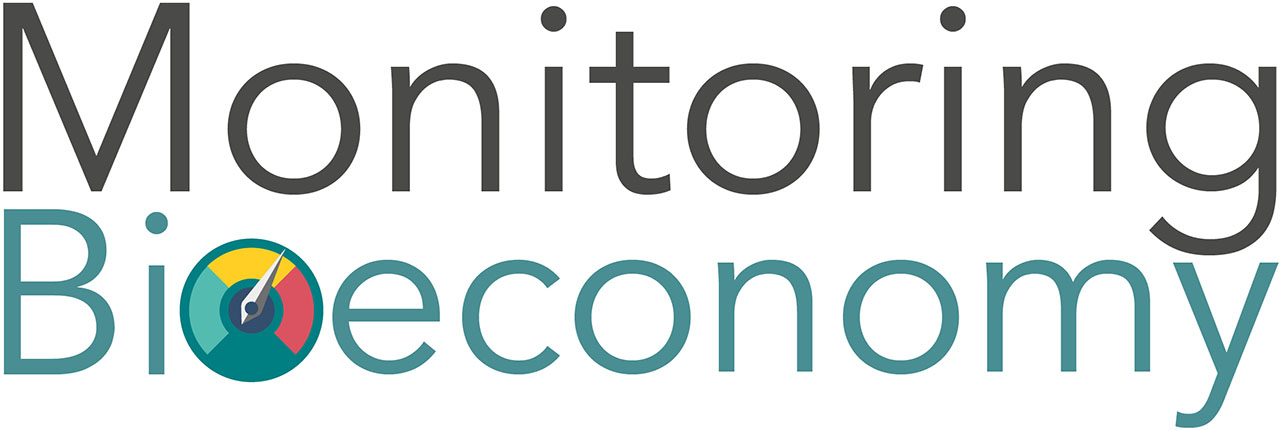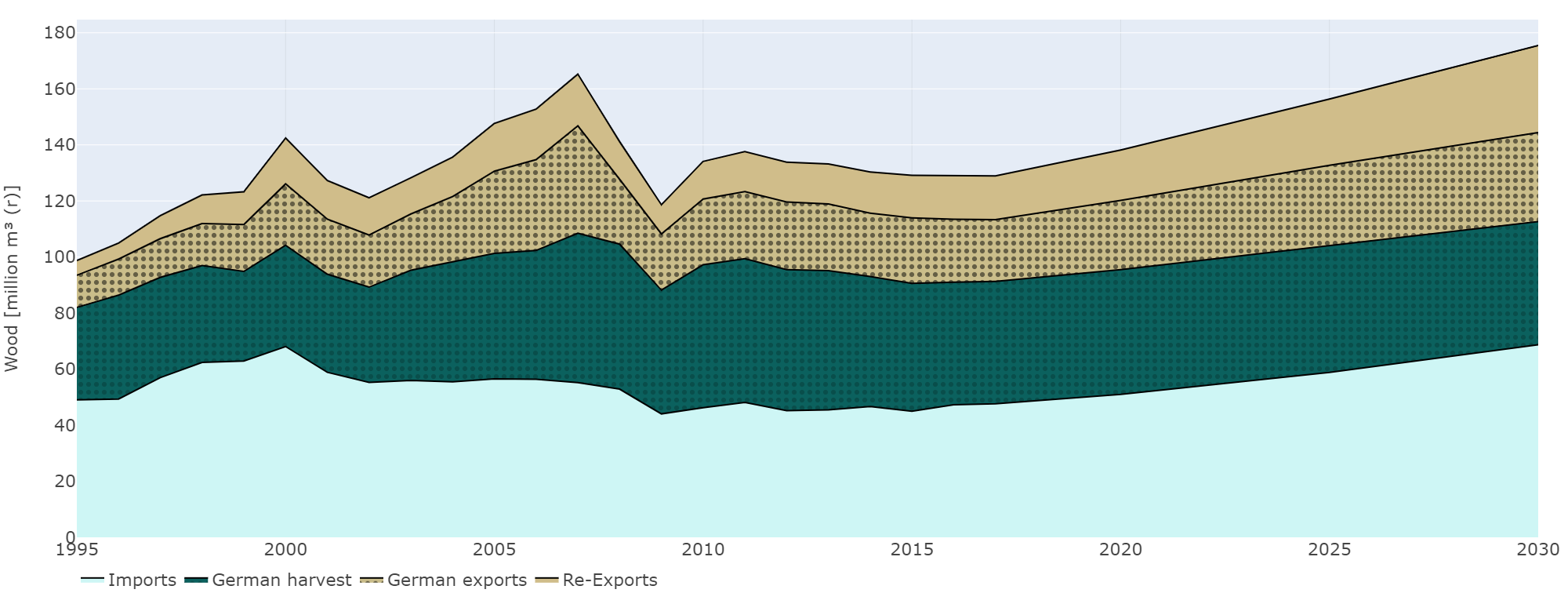Figure 1: The German timber footprint 1995–2030, broken down by imports, harvest, exports and re-exports.
The graph depicts the historical and projected development of German harvests, imports, exports and re-exports between 1995 and 2030. In 2015, 45.6 million m³ of the domestic logging was used for consumption in Germany. Imports, at 44.9 million m³ of raw wood equivalent, exceeded the quantitative effort for exports (38.5 million m³) by 17%. The forest footprint for domestic consumption was thus 90.6 million m³. From 1995 to 2015, this footprint increased by about 10%. By 2030, a further increase of about 11% is projected. These projections are based on modeling historical trends using the GINFORS model, as presented in Bringezu et al. (2020)1. The impact of bioeconomy policies that potentially promote the use of wood is not included.
The data were updated in 2022 for the Beck-O'Brien et al. (2022)2 report and show significant differences due to a change in study design, which will be addressed as part of the rebuilding of this database in the current project phase of SYMOBIO.
- Bringezu et al. (2021). Pilot report on the monitoring of the German Bioeconomy. CESR, University of Kassel.
- Beck-O’Brien, Egenolf et al. (2022). Everything from wood – The resource of the future or the next crisis? How footprints, benchmarks and targets can support a balanced bioeconomy transition. WWF Germany.







